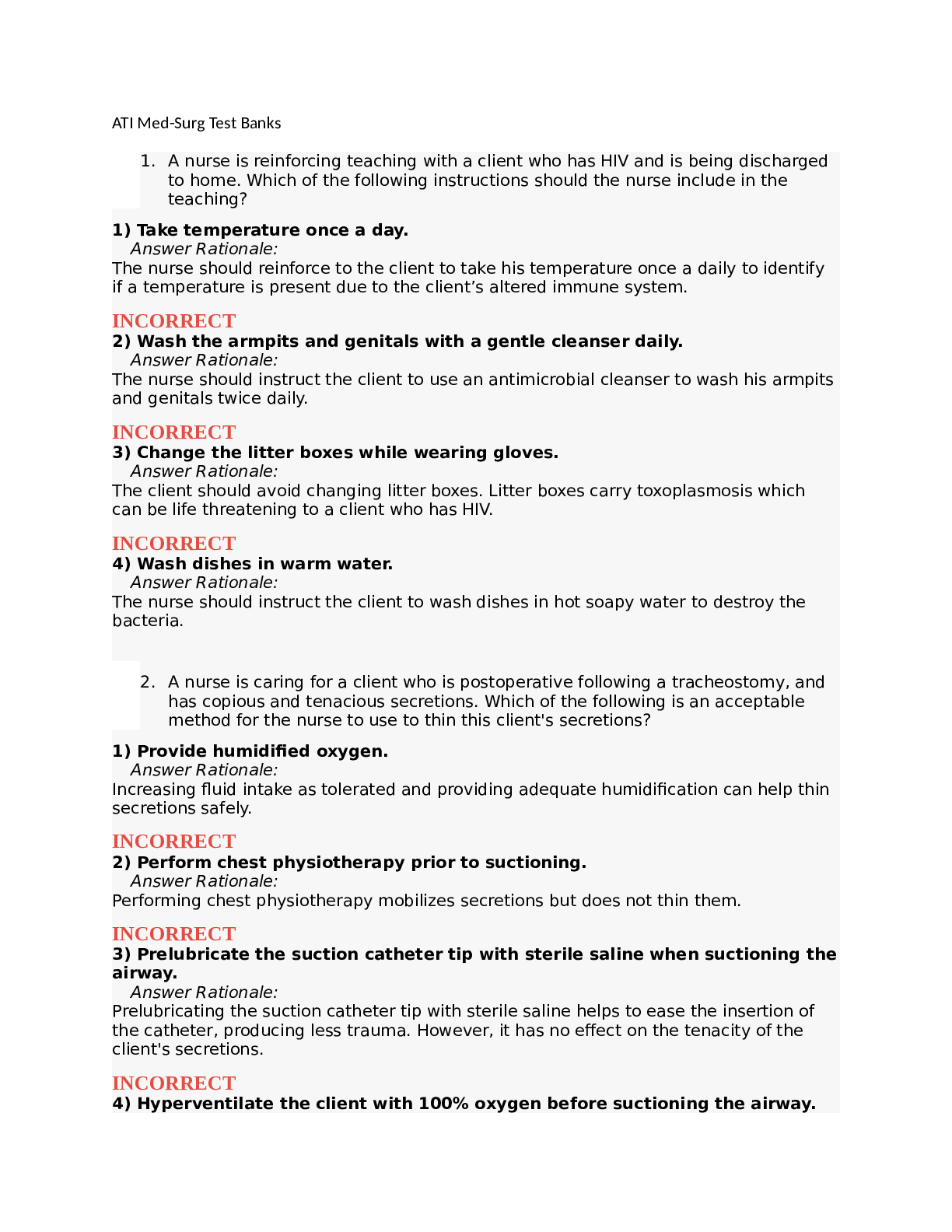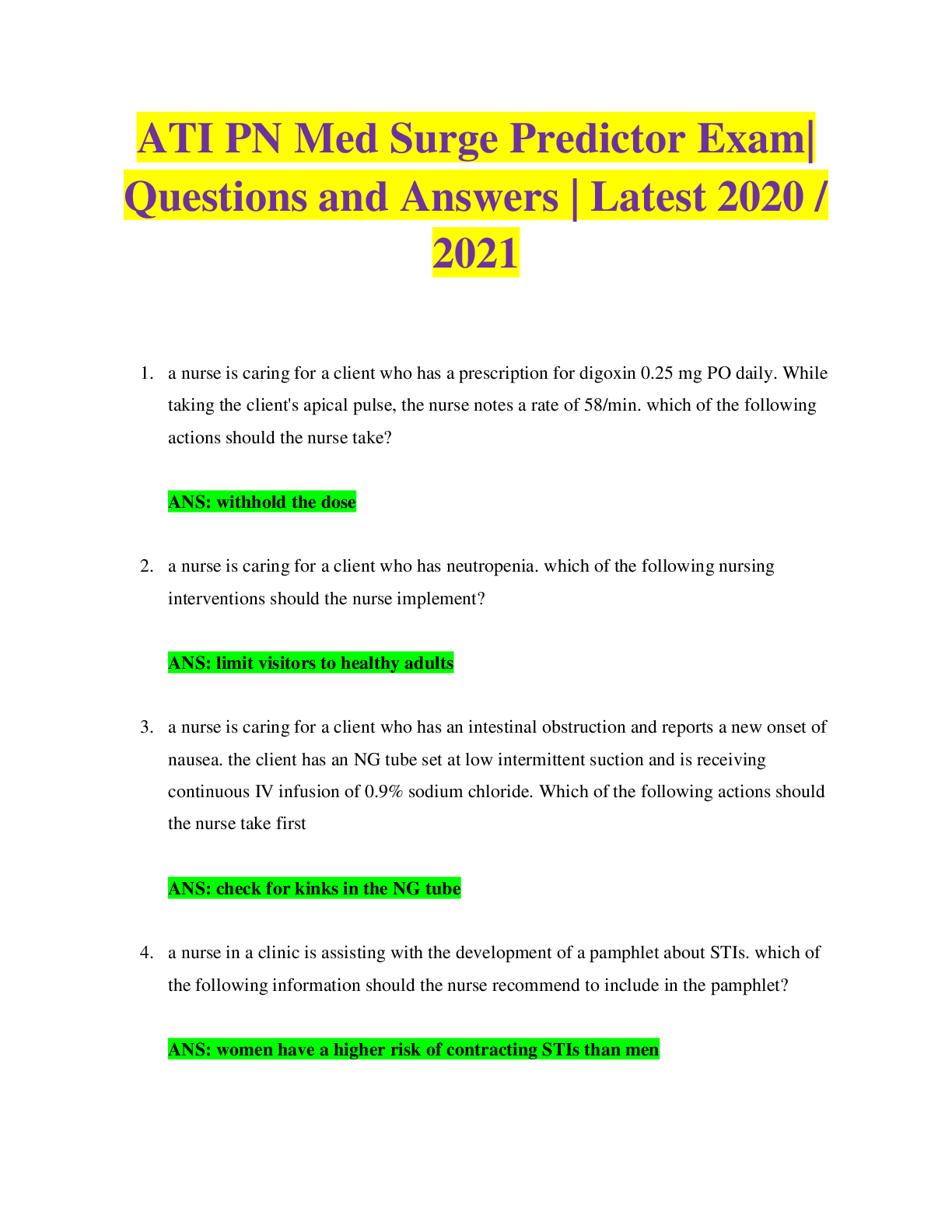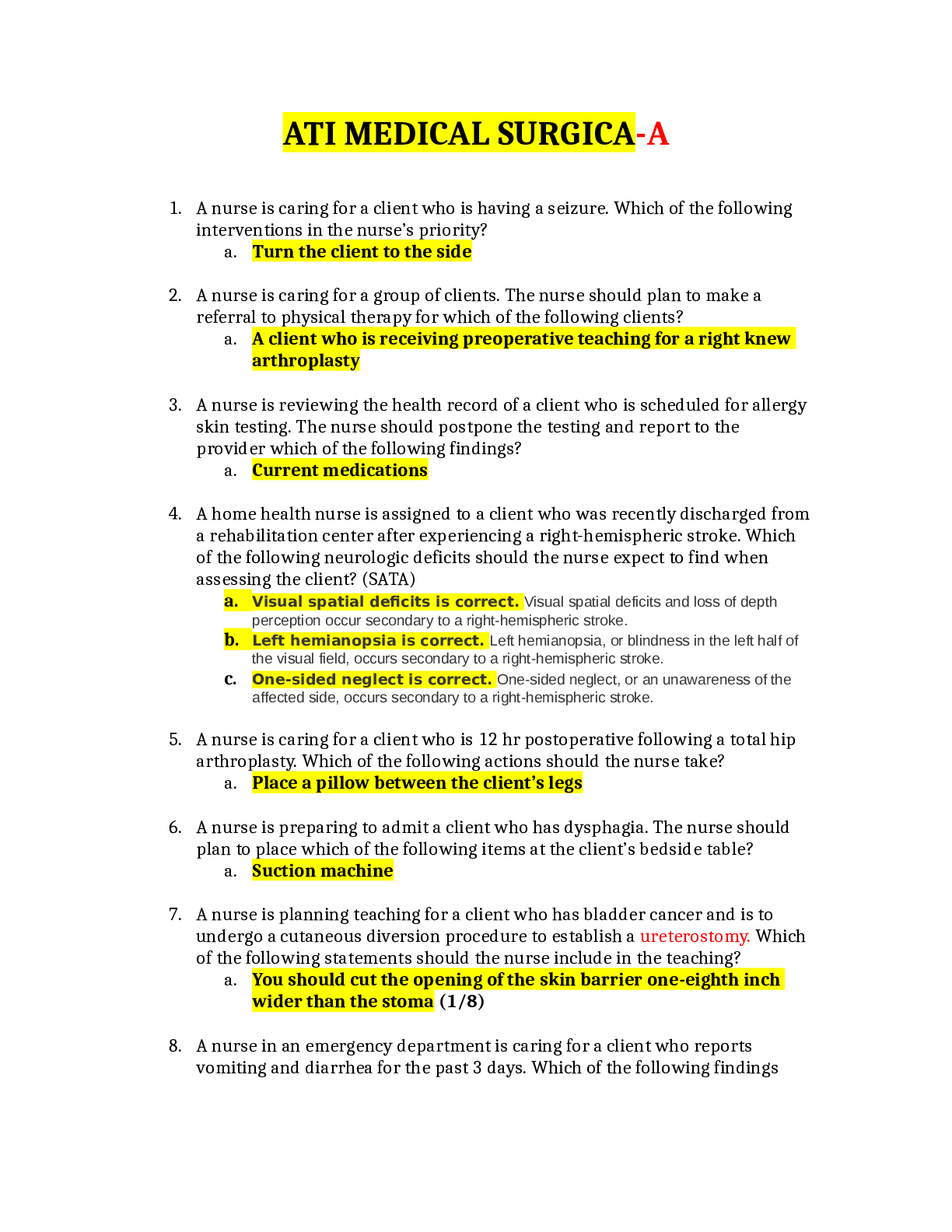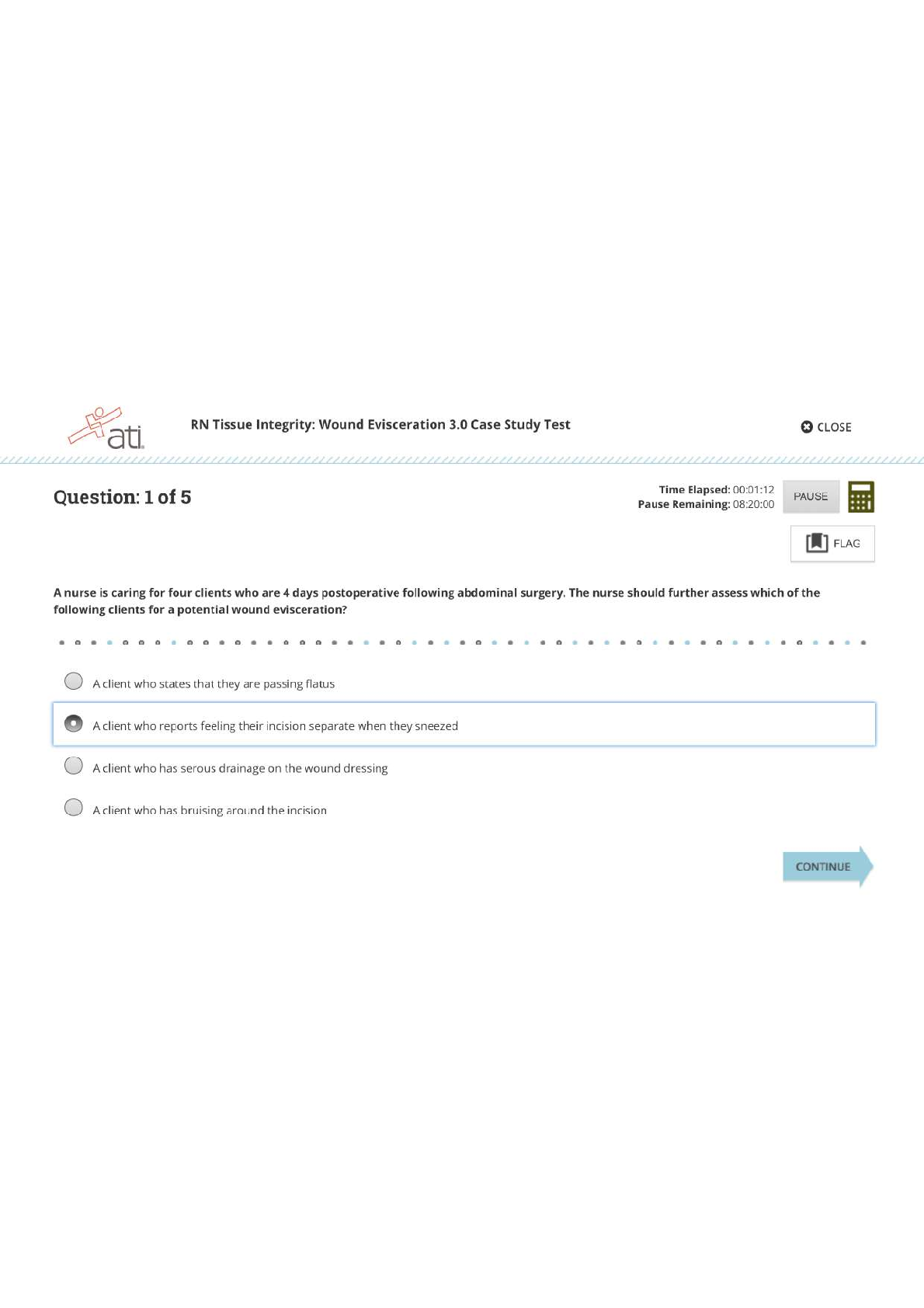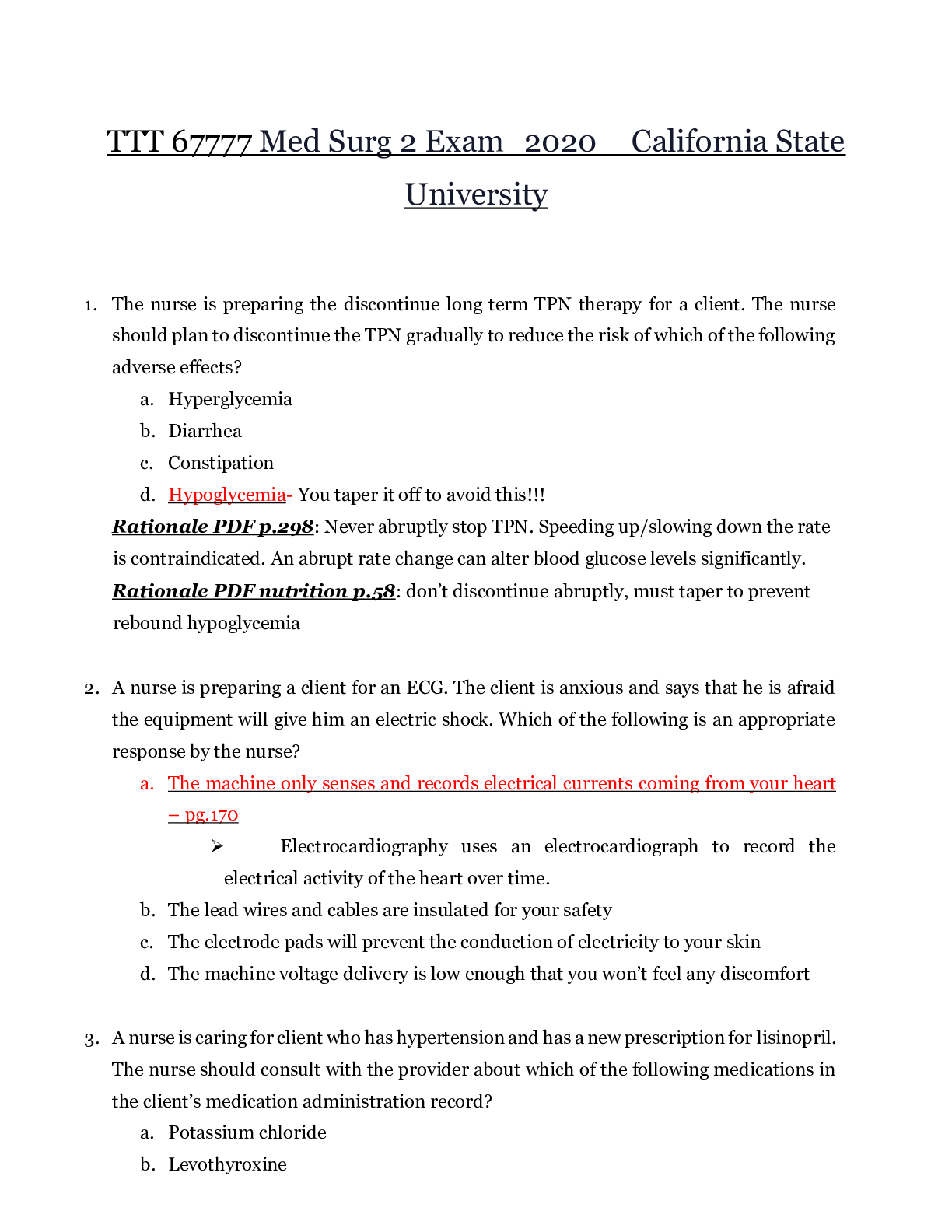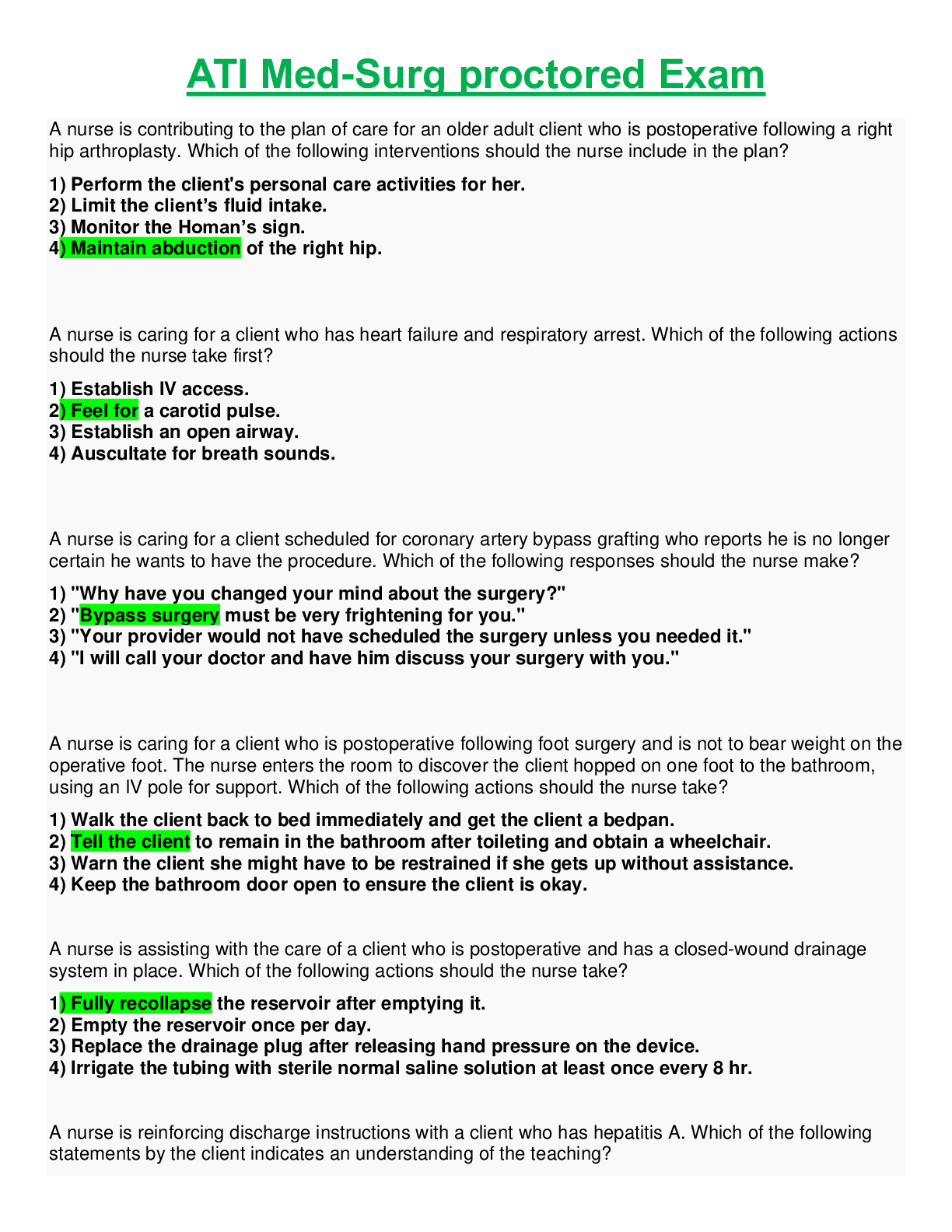*NURSING > ATI MEDICAL SURGICAL > Urinary Tract Infection (UTI)- SOAP NOTES# MAIN DIAGNOSIS (All)
Urinary Tract Infection (UTI)- SOAP NOTES# MAIN DIAGNOSIS
Document Content and Description Below
Guidelines for Focused SOAP Notes · Label each section of the SOAP note (each body part and system). · Do not use unnecessary words or complete sentences. · Use Standard Abbreviations S... : SUBJECTIVE DATA (information the patient/caregiver tells you). Chief Complaint (CC): a statement describing the patient’s symptoms, problems, condition, diagnosis, physician-recommended return(s) for this patient visit. The patient’s own words should be in quotes. History of present illness (HPI): a chronological description of the development of the patient's chief complaint from the first symptom or from the previous encounter to the present. Include the eight variables (Onset, Location, Duration, Characteristics, Aggravating Factors, Relieving Factors, Treatment, Severity-OLDCARTS), or an update on health status since the last patient encounter. Past Medical History (PMH): Update current medications, allergies, prior illnesses and injuries, operations and hospitalizations allergies, age-appropriate immunization status. Family History (FH): Update significant medical information about the patient's family (parents, siblings, and children). Include specific diseases related to problems identified in CC, HPI or ROS. Social History(SH): An age-appropriate review of significant activities that may include information such as marital status, living arrangements, occupation, history of use of drugs, alcohol or tobacco, extent of education and sexual history. Review of Systems (ROS). There are 14 systems for review. List positive findings and pertinent negatives in systems directly related to the systems identified in the CC and symptoms which have occurred since last visit; (1) constitutional symptoms (e.g., fever, weight loss), (2) eyes, (3) ears, nose, mouth and throat, (4) cardiovascular, (5) respiratory, (6) gastrointestinal, (7) genitourinary, (8) musculoskeletal, (9- }.integument (skin and/or breast), (10) neurological, (11) psychiatric, (12) endocrine, (13) hematological/lymphatic, {14) allergic/immunologic. The ROS should mirror the PE findings section. 0: OBJECTIVE DATA (information you observe, assessment findings, lab results). Sufficient physical exam should be performed to evaluate areas suggested by the history and patient's progress since last visit. Document specific abnormal and relevant negative findings. Abnormal or unexpected findings should be described. You should include only the information which was provided in the case study, do not include additional data. Record observations for the following systems if applicable to this patient encounter (there are 12 possible systems for examination): Constitutional (e.g. vita! signs, general appearance), Eyes, ENT/mouth, Cardiovascular, Respiratory, GI, GU, Musculoskeletal, Skin, Neurological, Psychiatric, Hematological/lymphatic/immunologic/lab testing. The focused PE should only include systems for which you have been given data. NOTE: Cardiovascular and Respiratory systems should be assessed on every patient regardless of the chief complaint. Testing Results: Results of any diagnostic or lab testing ordered during that patient visit. A: ASSESSMENT: (this is your diagnosis (es) with the appropriate ICD 10 code) List and number the possible diagnoses (problems) you have identified. These diagnoses are the conclusions you have drawn from the subjective and objective data. Remember: Your subjective and objective data should support your diagnoses and your therapeutic plan. Do not write that a diagnosis is to be "ruled out" rather state the working definitions of each differential or primary diagnosis (es). For each diagnoses provide a cited rationale for choosing this diagnosis. This rationale includes a one sentence cited definition of the diagnosis (es) the pathophysiology, the common signs and symptoms, the patients presenting signs and symptoms and the focused PE findings and tests results that support the dx. Include the interpretation of all lab data given in the case study and explain how those results support your chosen diagnosis. P: PLAN (this is your treatment plan specific to this patient). Each step of your plan must include an EBP citation. 1. Medications write out the prescription including dispensing information and provide EBP to support ordering each medication. Be sure to include both prescription and OTC medications. 2. Additional diagnostic tests include EBP citations to support ordering additional tests 3. Education this is part of the chart and should be brief, this is not a patient education sheet and needs to have a reference. 4. Referrals include citations to support a referral 5. Follow up. Patient follow-up should be specified with time or circumstances of return. You must provide a reference for your decision on when to follow up. [Show More]
Last updated: 1 year ago
Preview 1 out of 6 pages
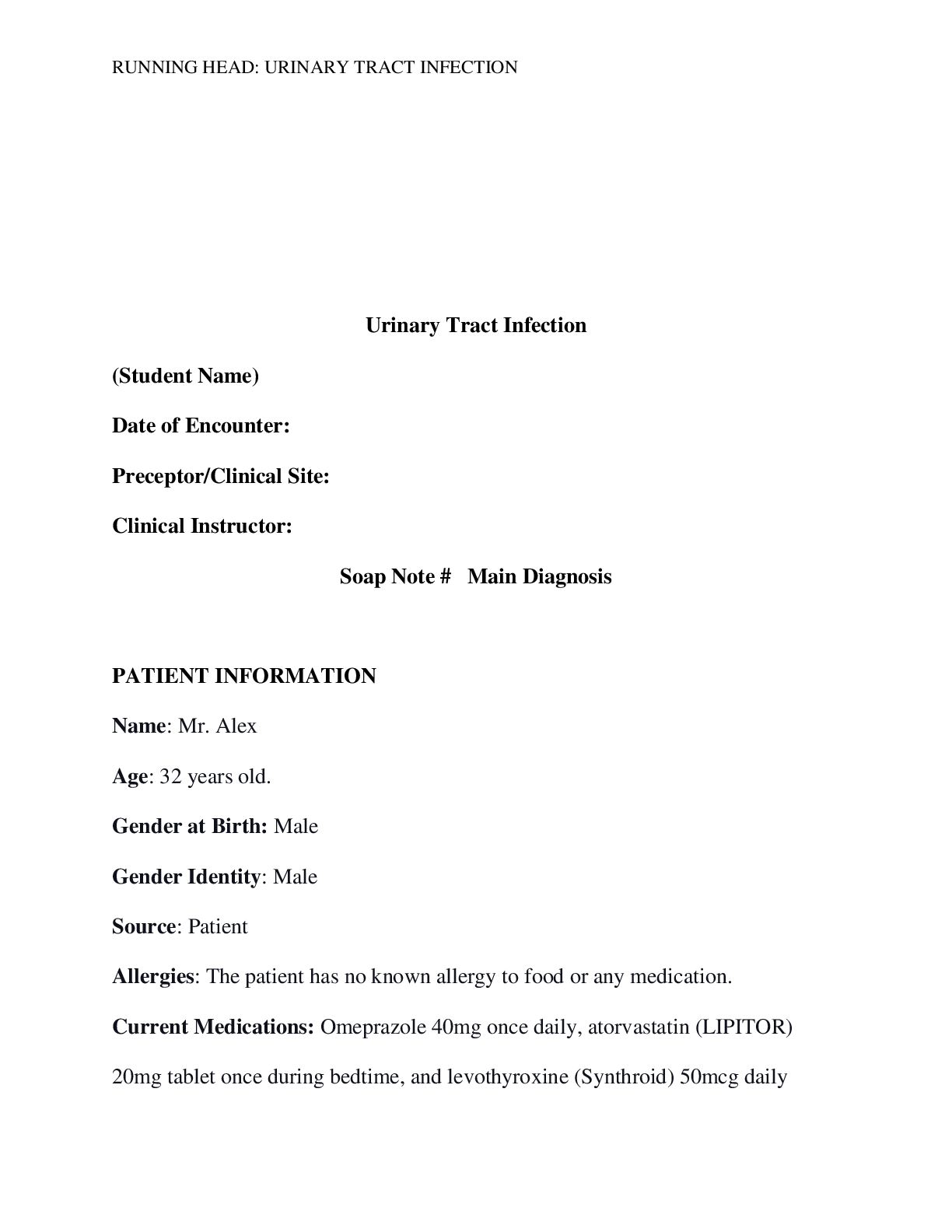
Reviews( 0 )
Document information
Connected school, study & course
About the document
Uploaded On
Aug 05, 2021
Number of pages
6
Written in
Additional information
This document has been written for:
Uploaded
Aug 05, 2021
Downloads
0
Views
70

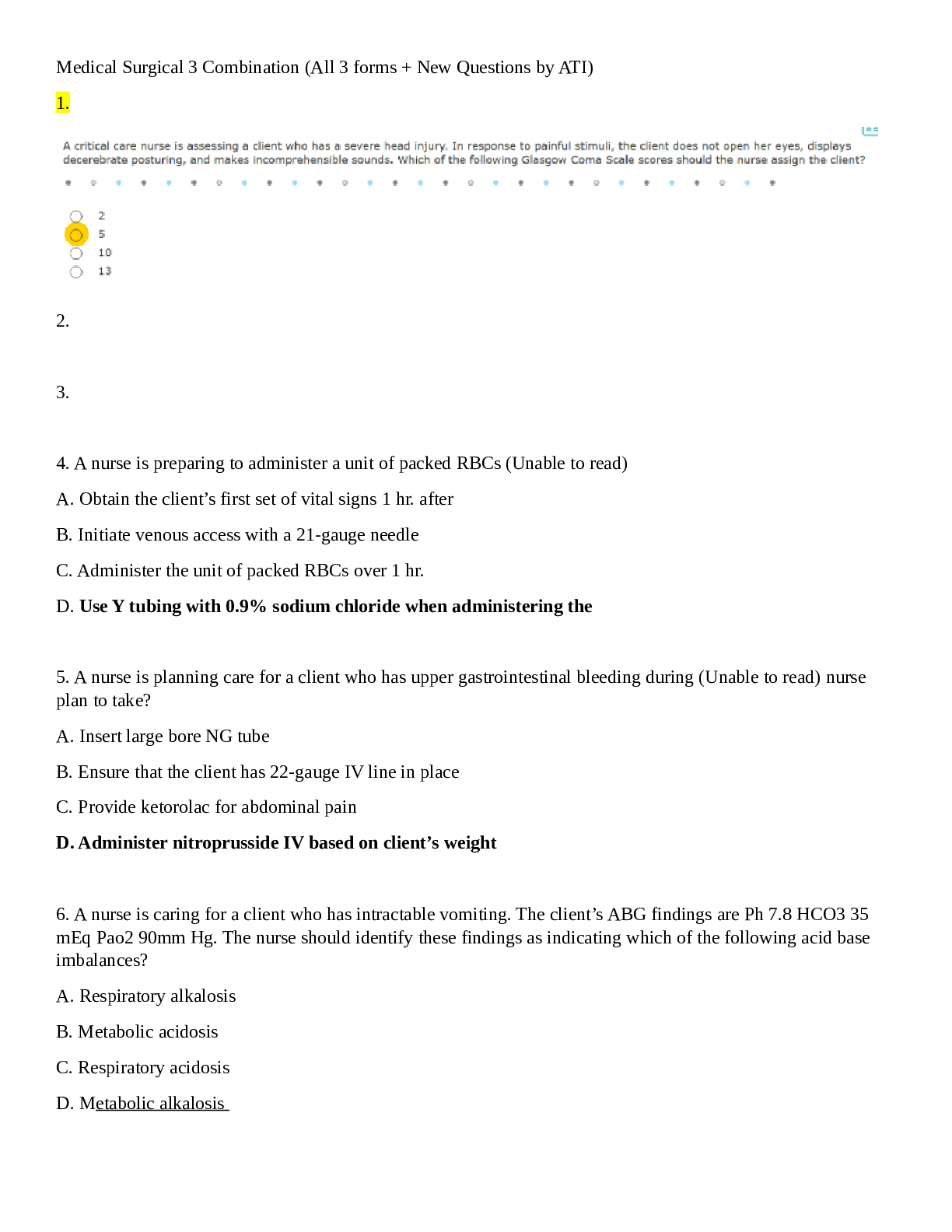
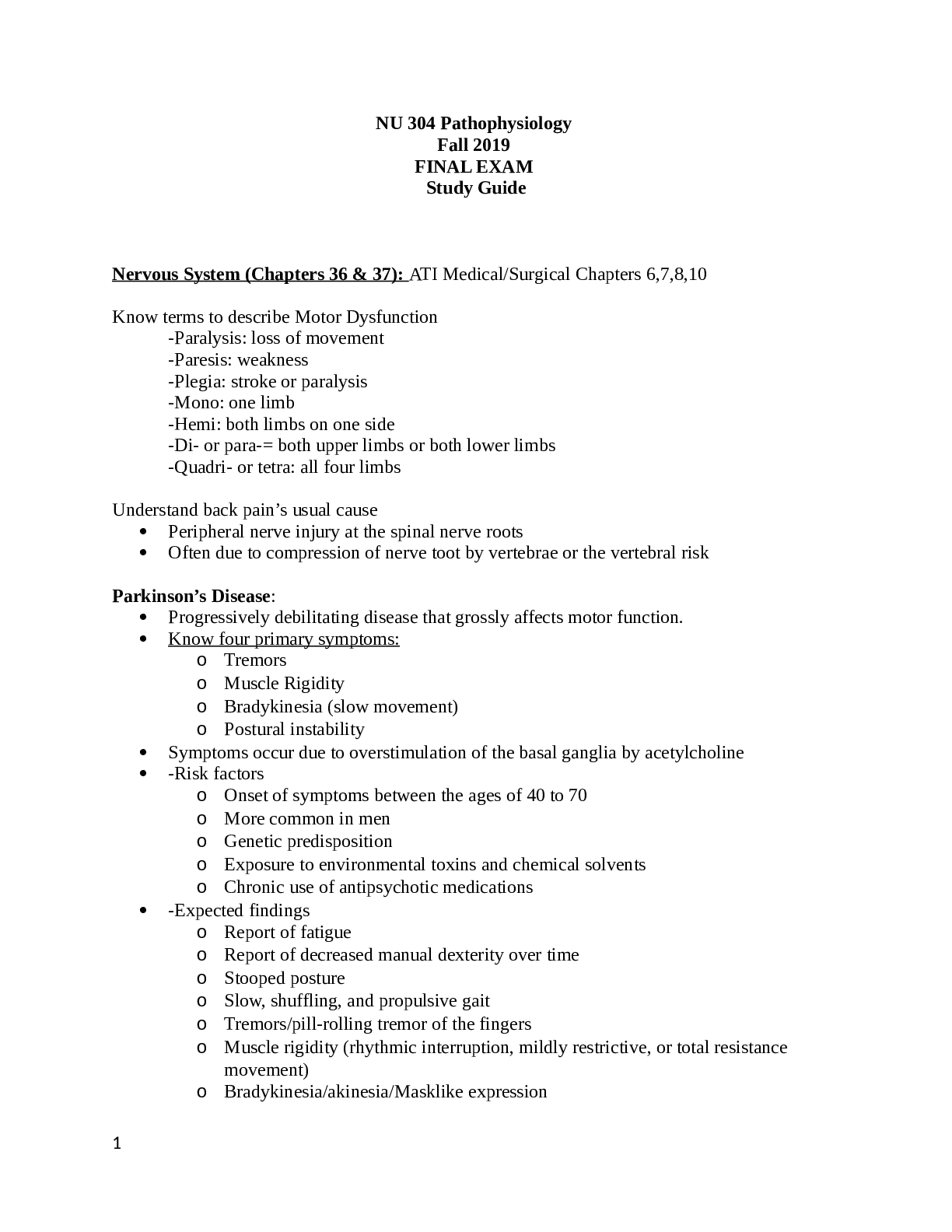
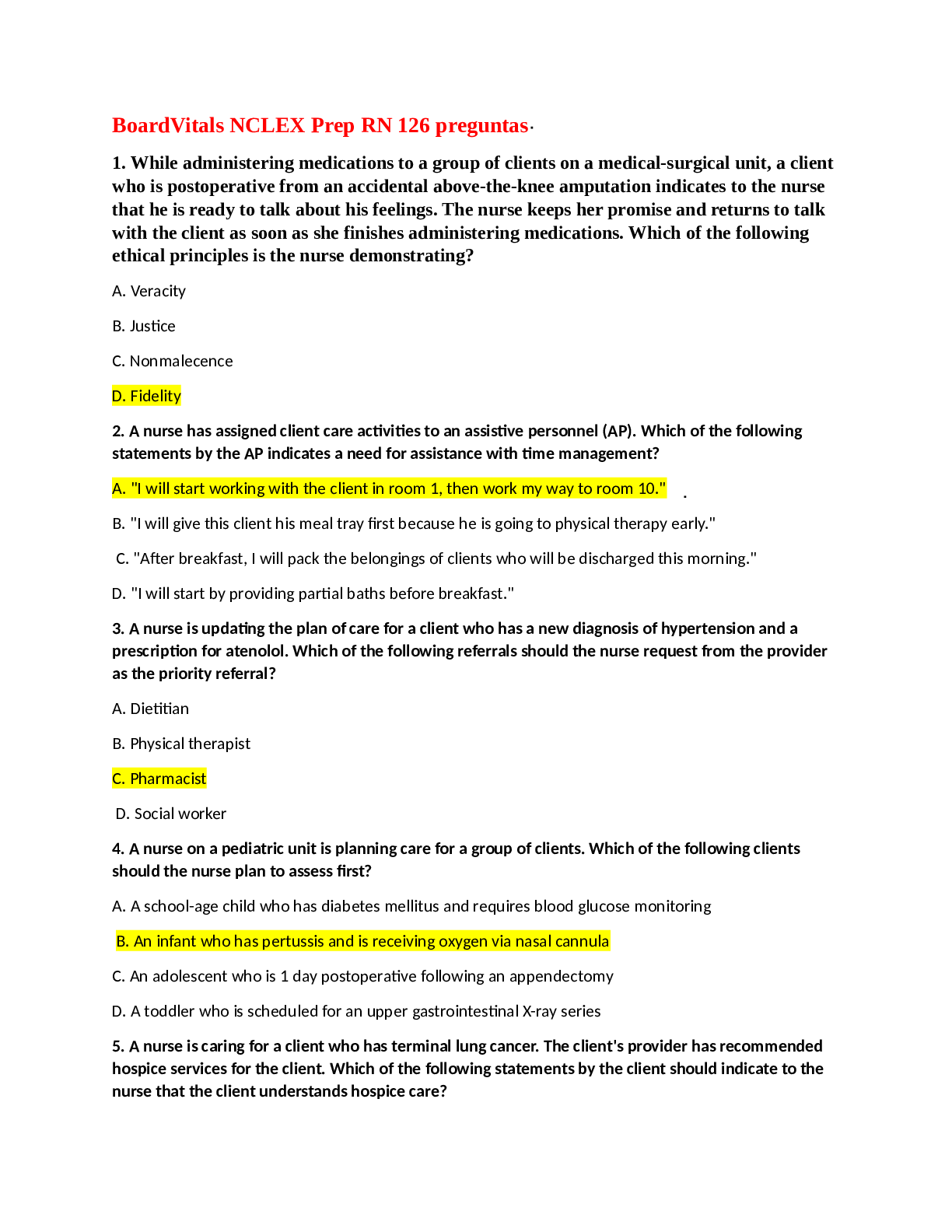




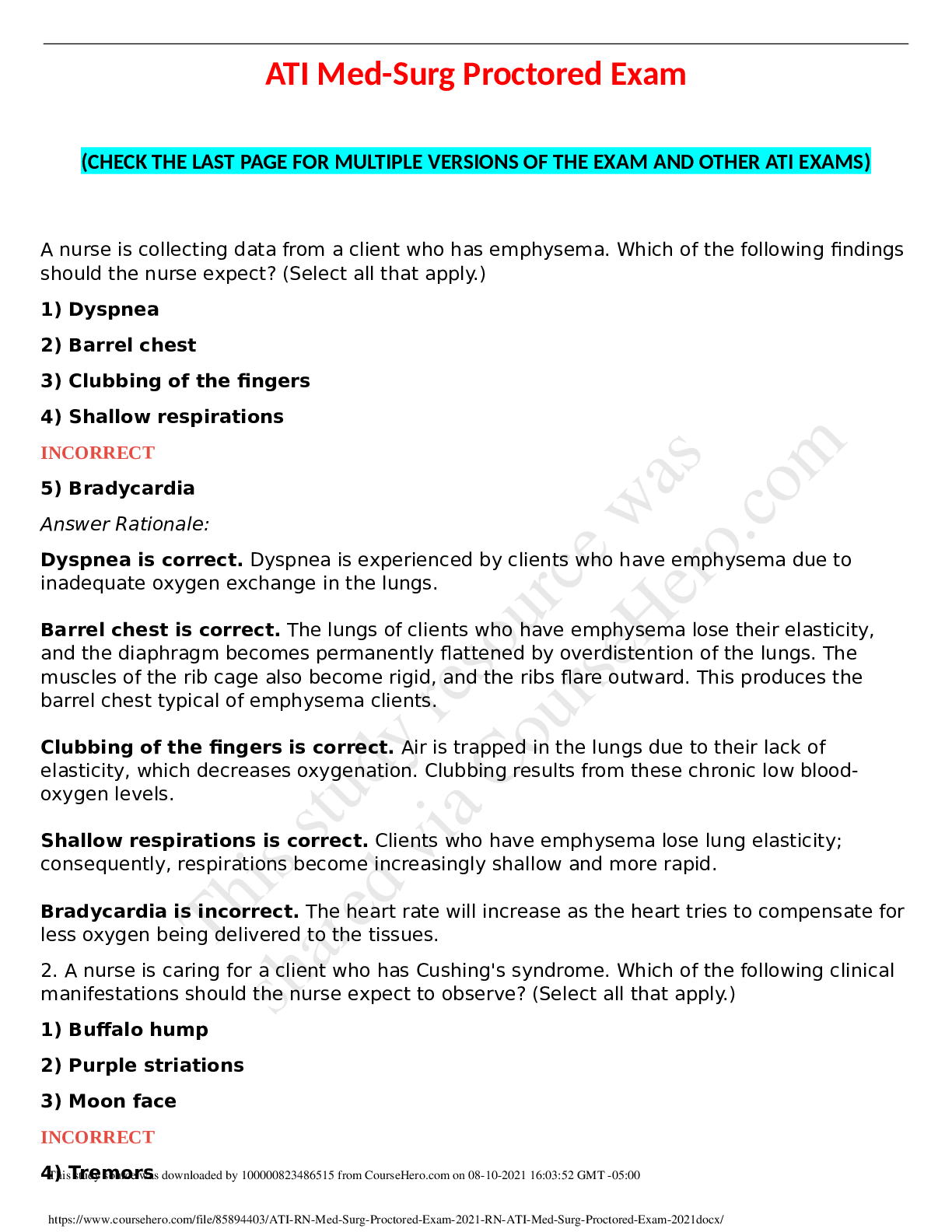
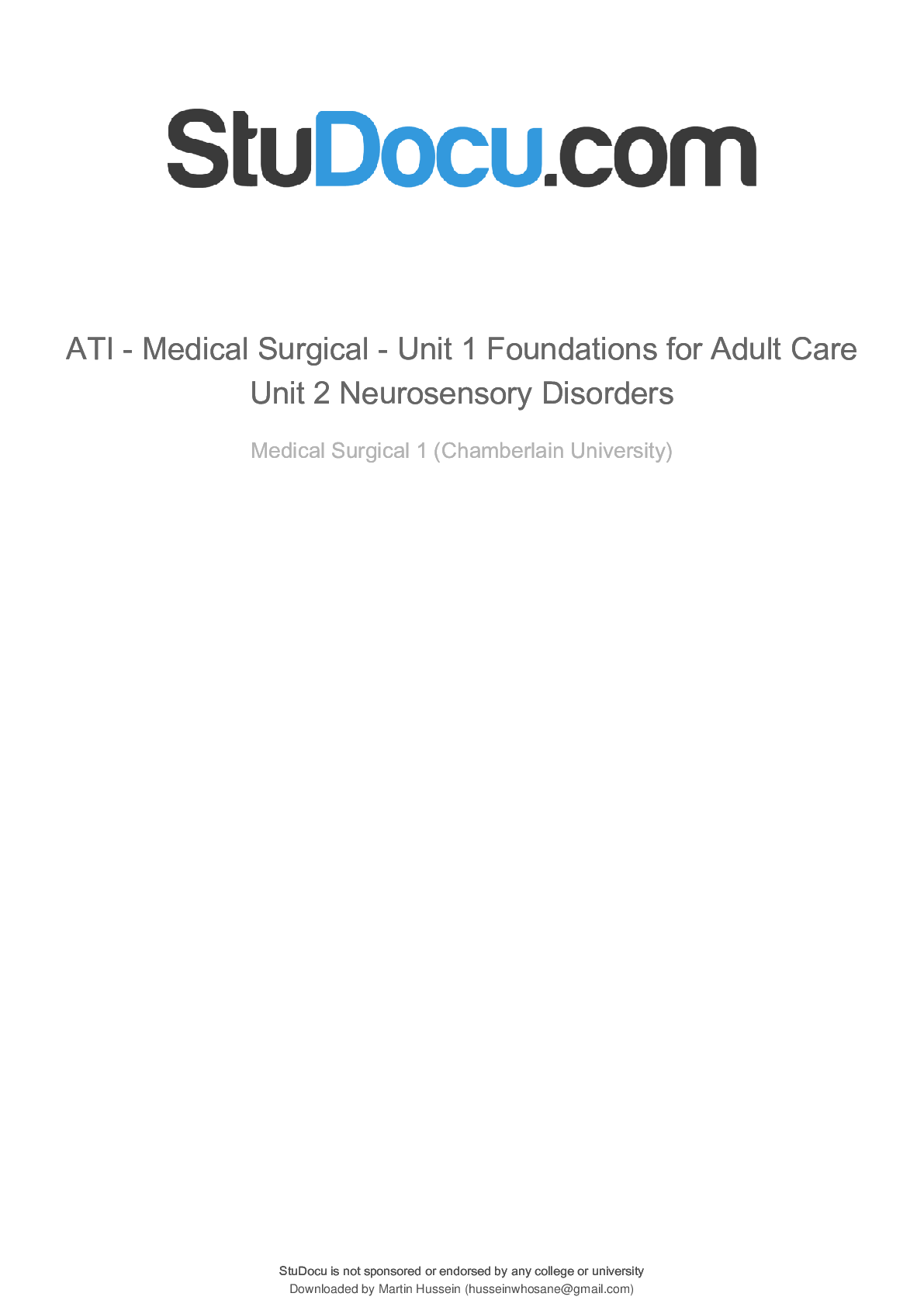
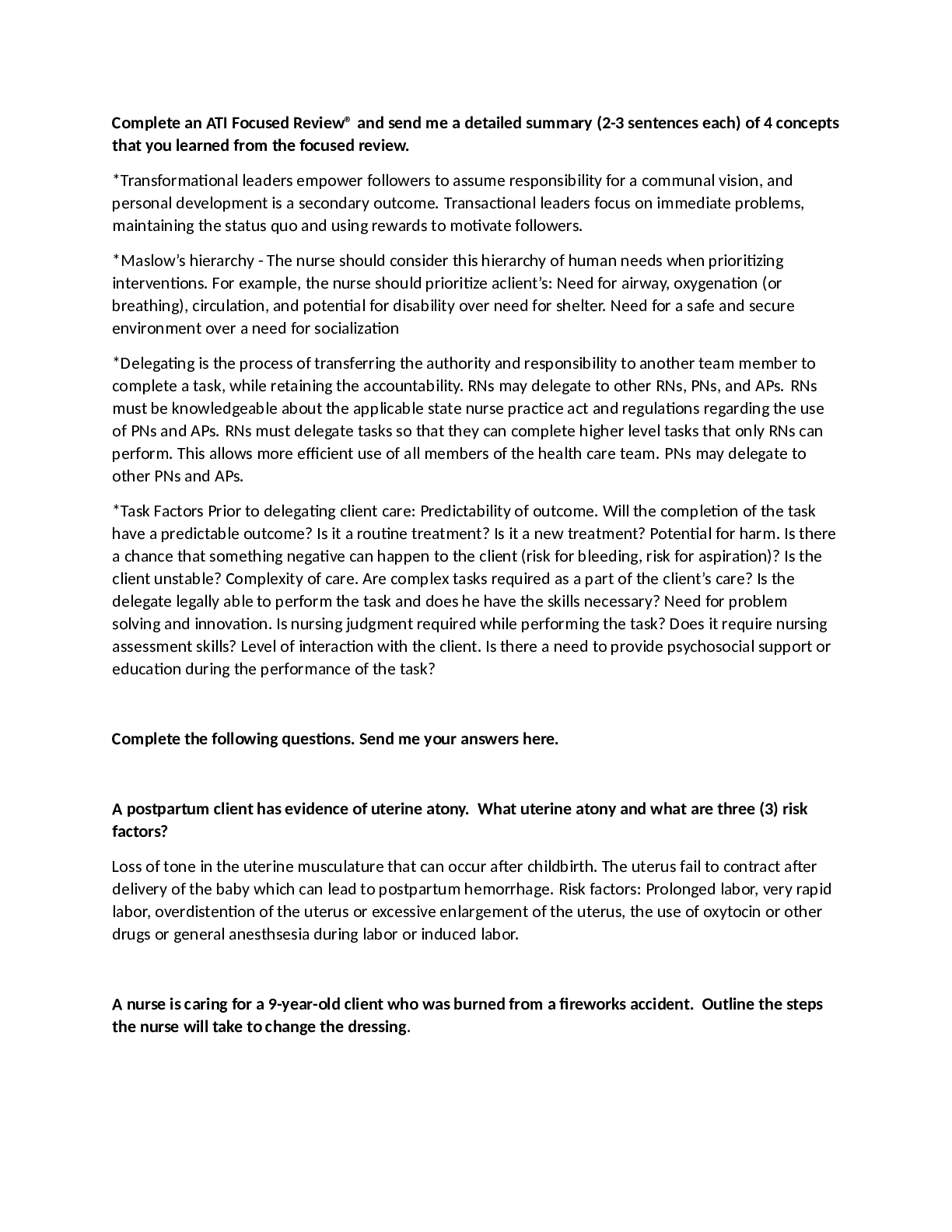
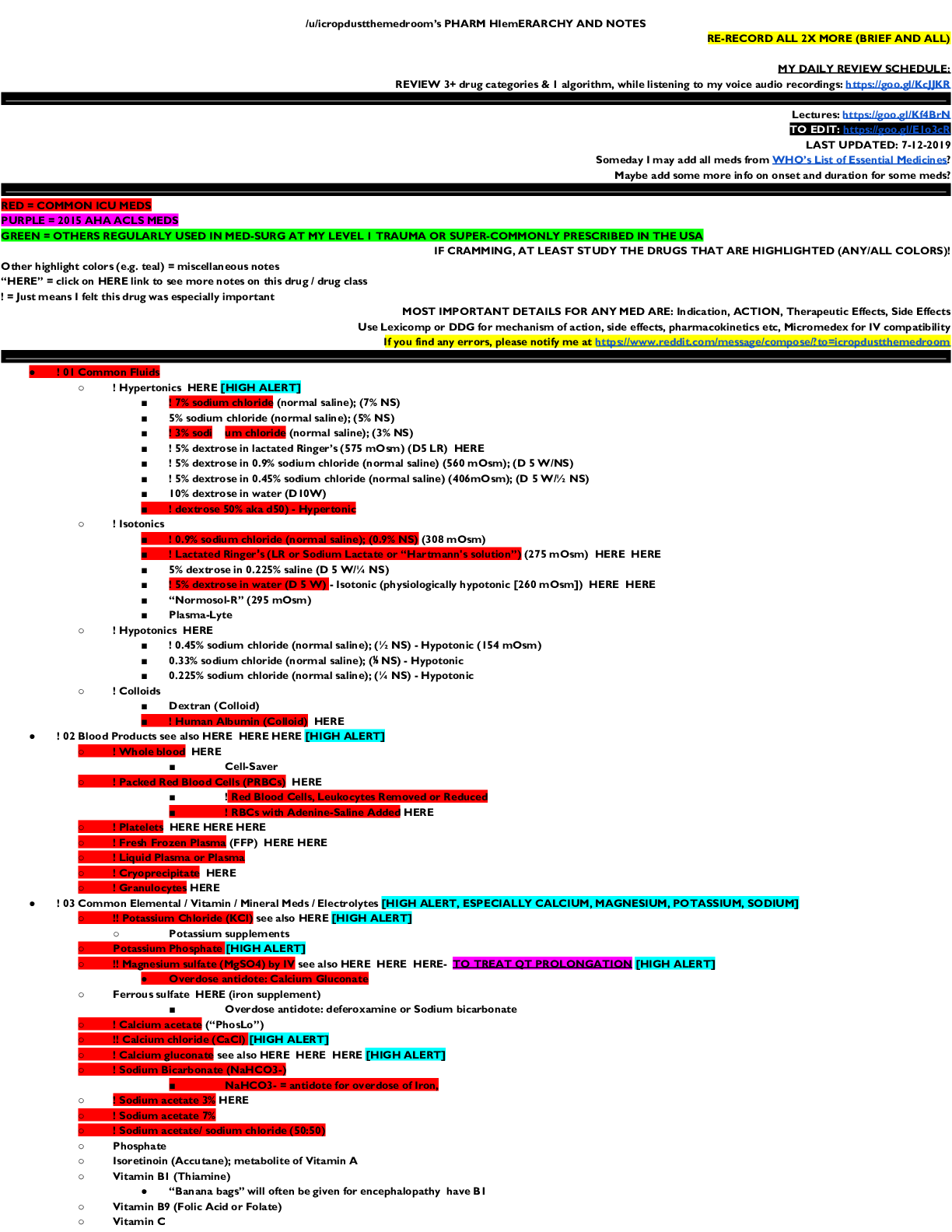
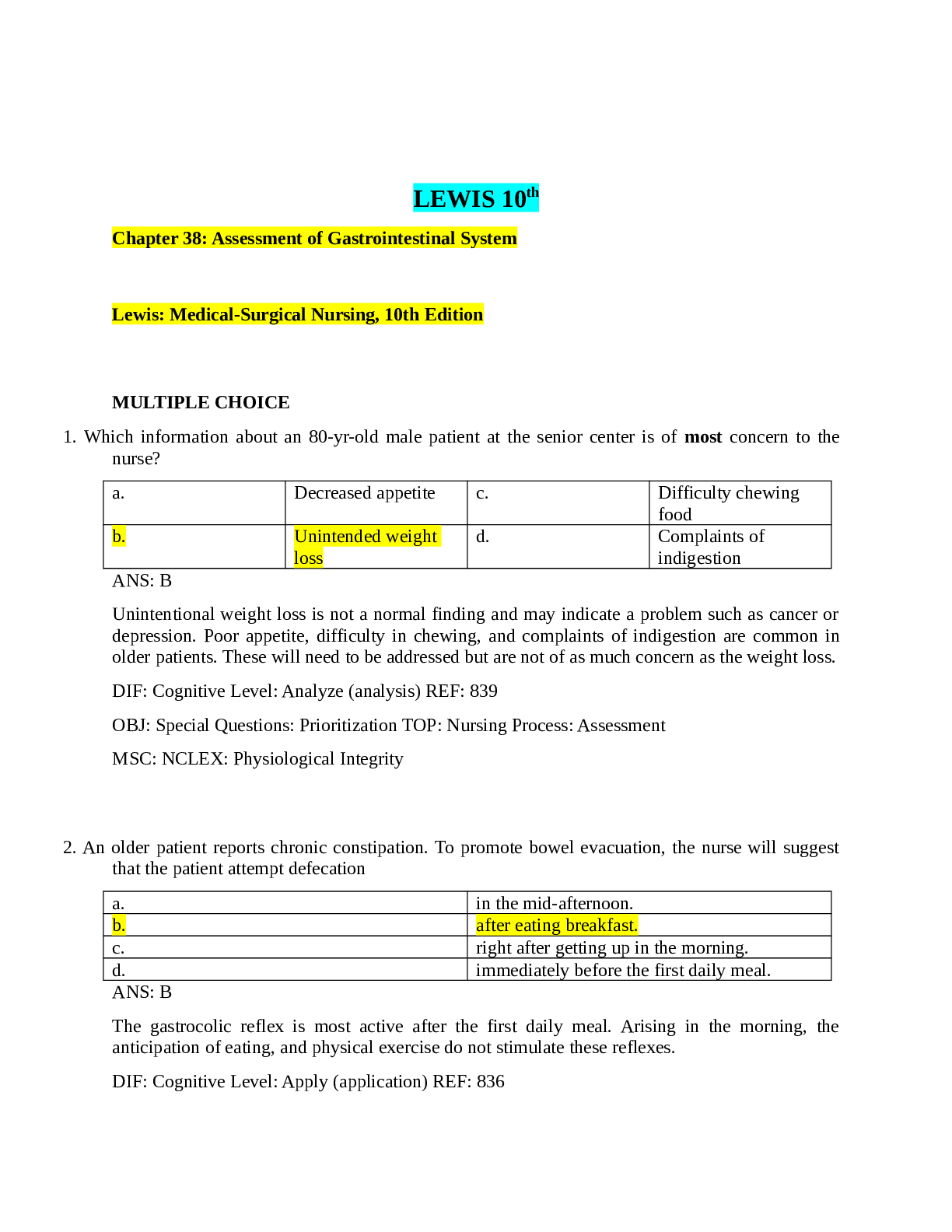


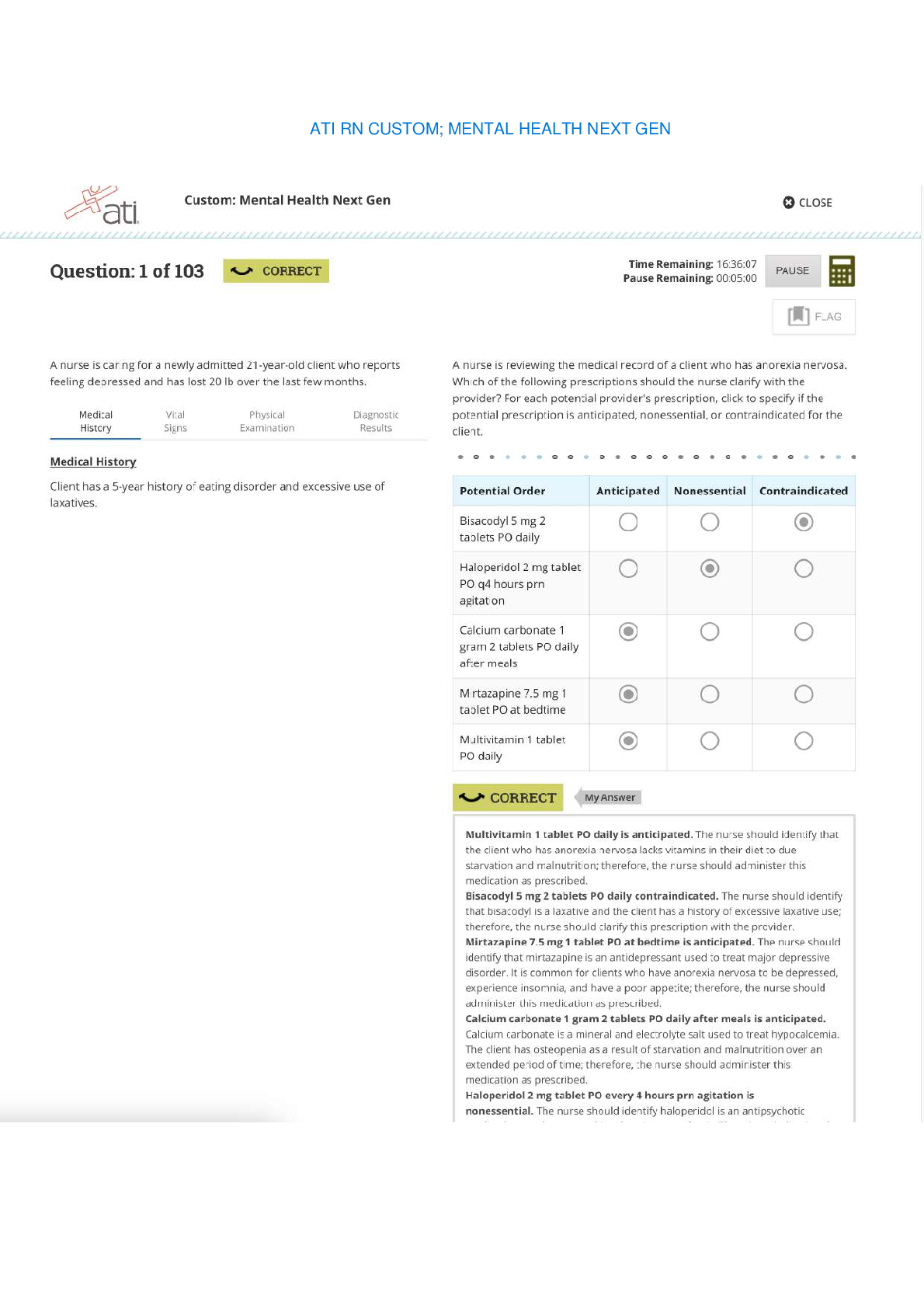
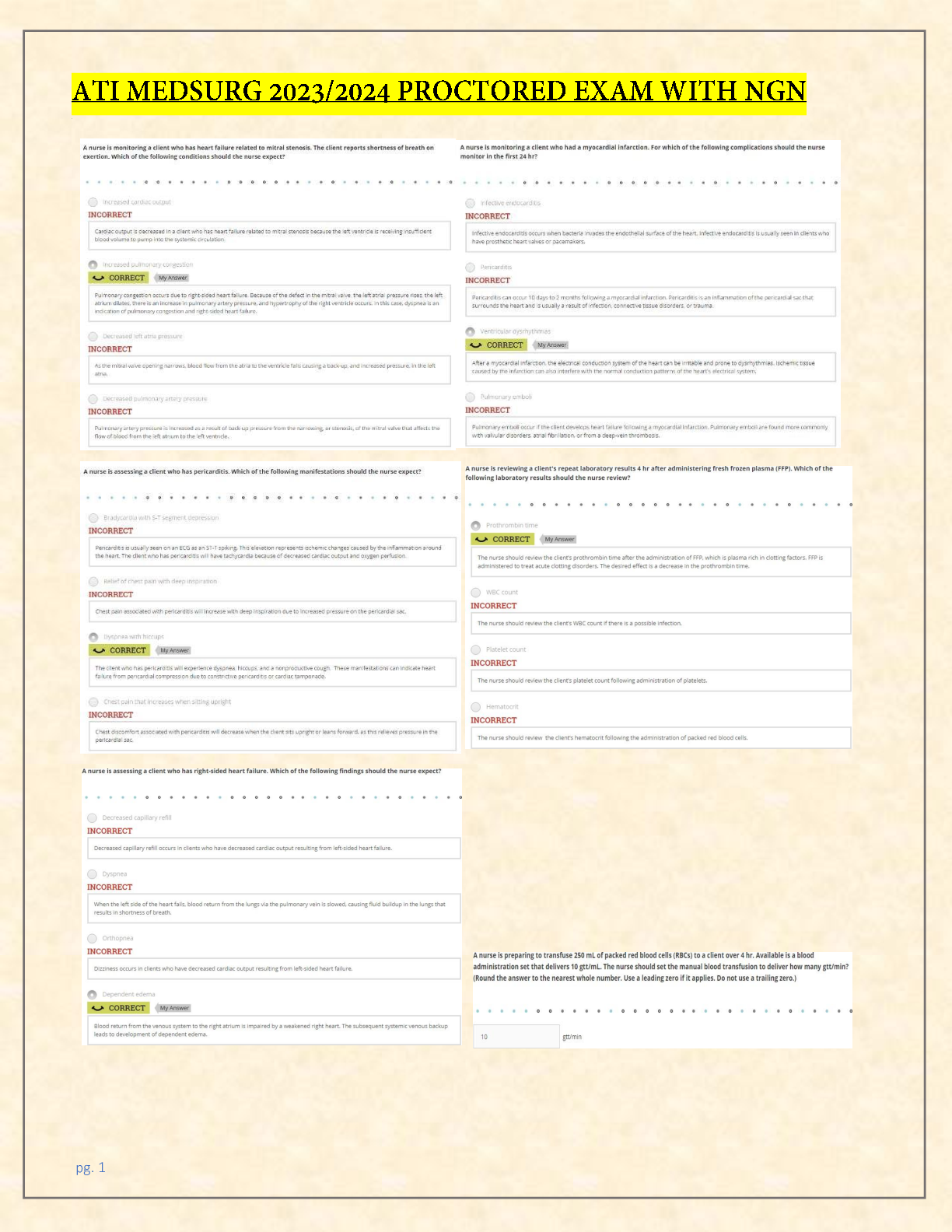
 – Chamberlain College of Nursing.png)

